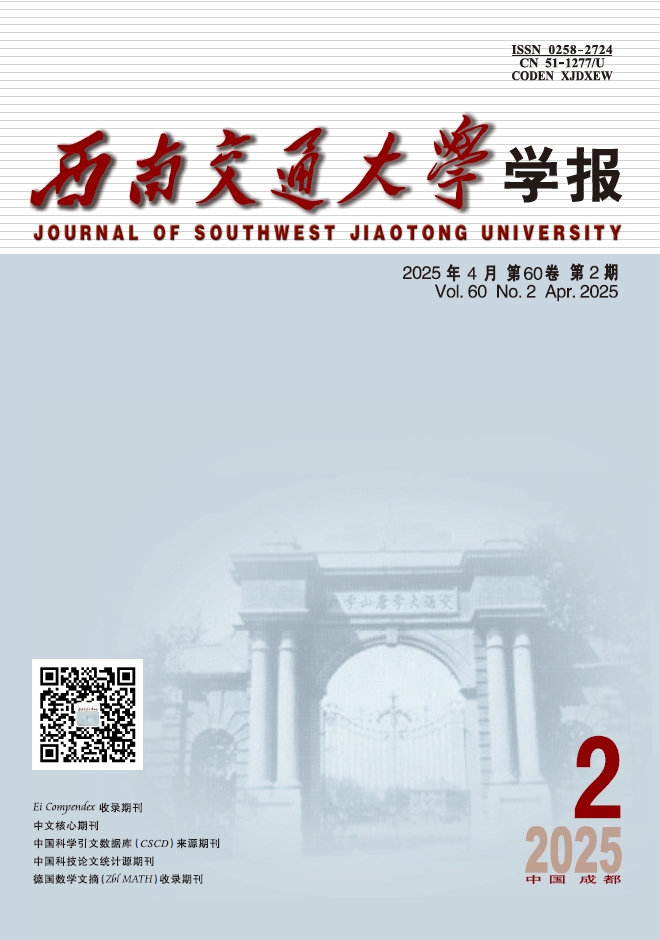2001 Vol. 14, No. 2
Display Method:
2001, 14(2): 113-116.
Abstract:
2001, 14(2): 117-120.
Abstract:
2001, 14(2): 121-125.
Abstract:
2001, 14(2): 126-130.
Abstract:
2001, 14(2): 131-135.
Abstract:
Analysis on the Characteristics of Generalized Congruence Neural Networks
with an Improved Algorithm
2001, 14(2): 136-139.
Abstract:
2001, 14(2): 140-143.
Abstract:
2001, 14(2): 144-148.
Abstract:
2001, 14(2): 149-152.
Abstract:
2001, 14(2): 153-156.
Abstract:
2001, 14(2): 157-151.
Abstract:
2001, 14(2): 162-165.
Abstract:
2001, 14(2): 166-168.
Abstract:
2001, 14(2): 169-171.
Abstract:
2001, 14(2): 172-175.
Abstract:
2001, 14(2): 176-180.
Abstract:
2001, 14(2): 181-184.
Abstract:
2001, 14(2): 185-189.
Abstract:
2001, 14(2): 190-194.
Abstract:
2001, 14(2): 195-198.
Abstract:
2001, 14(2): 199-201.
Abstract:
2001, 14(2): 202-205.
Abstract:
2001, 14(2): 206-210.
Abstract:
2001, 14(2): 211-213.
Abstract:
2001, 14(2): 214-216.
Abstract:
2001, 14(2): 217-219.
Abstract:




 Advance Search
Advance Search
 Email alert
Email alert RSS
RSS [Abstract]
[Abstract] Supplements
Supplements [Cited By]
[Cited By]